Main menu
Common skin conditions

NEWS
Join DermNet PRO
Read more
Quick links
Author: Dr Anthony Yung, Dermatologist, Hamilton, New Zealand, January 2017
A few basic guiding principles must be followed in order to acquire images in a format that will allow the adequate assessment of a skin condition. Before taking photographs, it is important to:
There are a variety of devices that can be used for dermatological imaging; these devices include smartphone/tablet attachments, point-and-shoot cameras, and interchangeable lens system cameras. For more information about the devices to use, read Digital cameras for dermatological imaging.
For accurate documentation of a skin condition, it is important to take, at the very least, three types of images:
Contextual images in dermatology are images where the image of a lesion or dermatosis or ‘rash’ is captured in relation to a specific site or region of the body which gives some indication of anatomic location and/or size and/or shape. It may also convey information about impairment of function (eg, fixed flexion deformity from linear morphoea) and/or disfigurement. Contextual images give an ‘overall’ view or appearance of a lesion or dermatosis in relation to the body region.
Macro images (photomacrography or macro photography) are close-up images of a subject. In dermatology, it usually refers to close-up images of a lesion or dermatosis. Normally anatomical context is largely lost due to the image being focused on the lesion or dermatosis to the exclusion of surrounding anatomic structures. Macro images of a subject typically have a scale of reproduction of 1:1 (life size) or 1:2 (1/2 life size) when used with 35 mm standard film or digital image sensors. If smaller sized sensors are used in digital cameras, smaller ratios can be used to obtain the life-sized capture of a lesion or dermatosis.
Micro images (or photomicrography) in general refer to the imaging of a subject (lesions or dermatoses in dermatology) with a greater than 1:1 scale of reproduction. With increasing magnification of a subject, all anatomic landmarks are lost with this degree of magnification. Most commonly in dermatology, dermatoscopic imaging is capturing a lesion that has already had roughly 10–15x magnification. Micro images in dermatology also encompasses the capturing the images directly from a microscope at x 5, x 10, x 20, x 40, and x 100 magnification. In dermatology, the final scale reproduction ratio of micro images is often far in excess of 1:1 scale reproduction due to the sensor size used (the sensor size used is often less than the 35-mm standard for film/digital image sensor size) and the optical magnification of the device (dermatoscope or microscope objective lens). Even more extreme magnifications can be used to image tiny parasites like mites, fleas, lice and other subjects with portable USB digital microscopes.
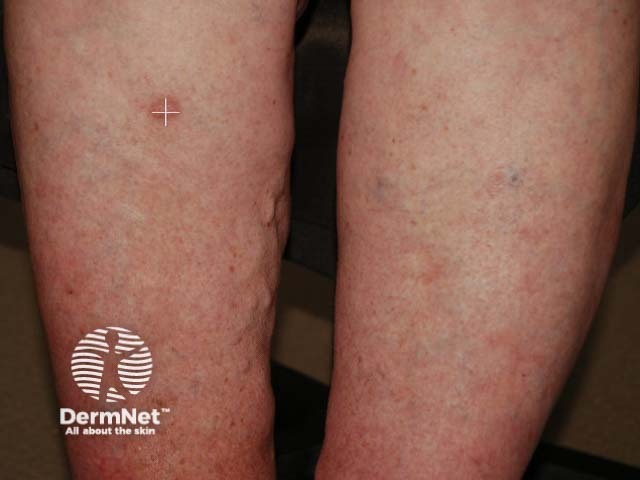
Contextual
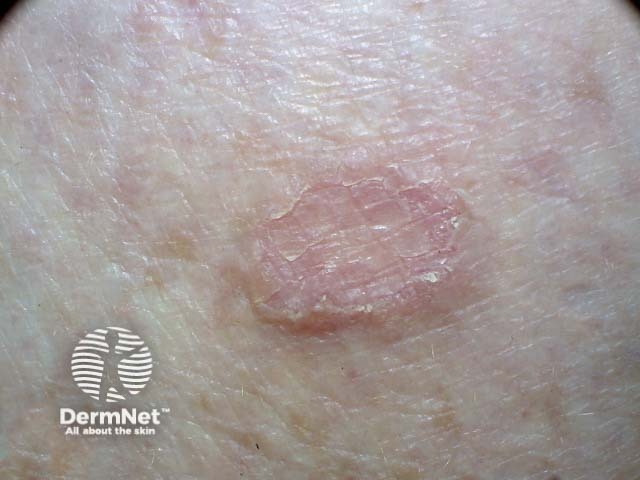
Macro
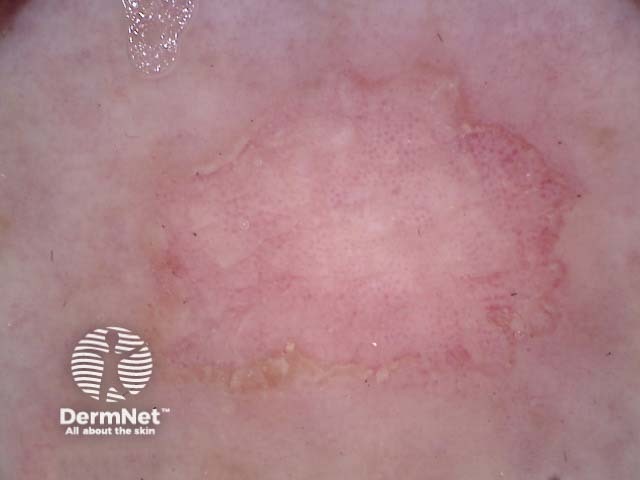
Micro/dermoscopic
ISO options

File format
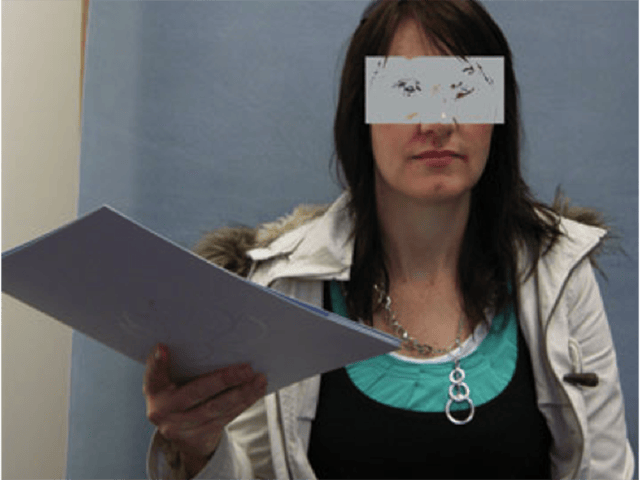
White card reflects light on subject
White balance settings
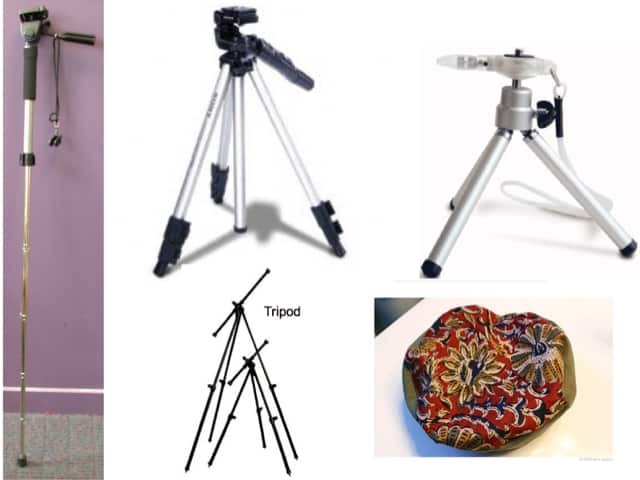
Tools to hold camera steady

Use a simple background
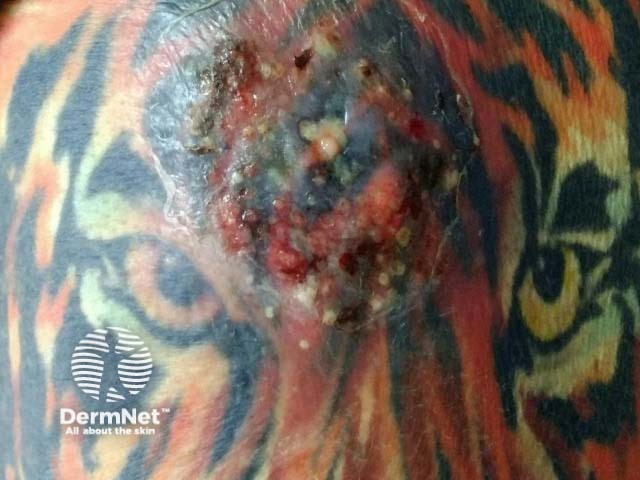
Distinctive feature

Images with and without flash
Flash compensation settings
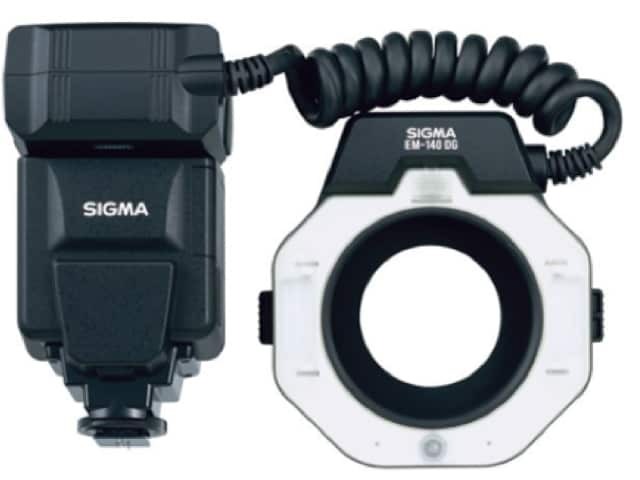
Ring flash
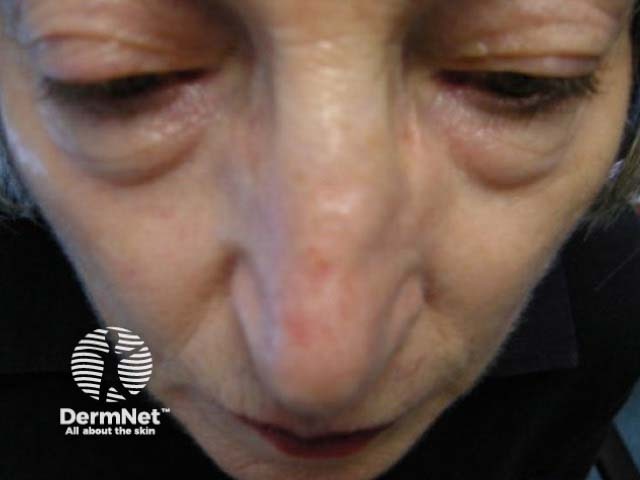
Image distortion
Macro setting